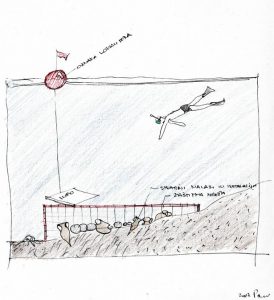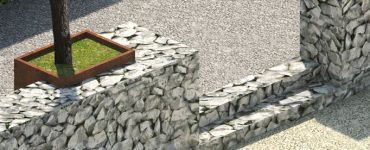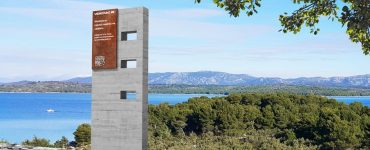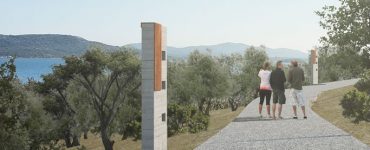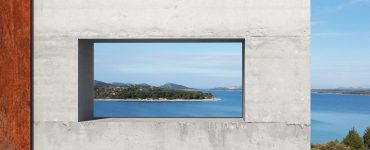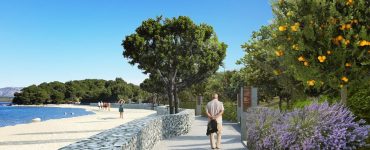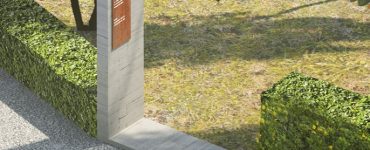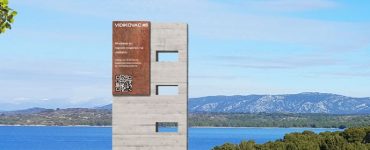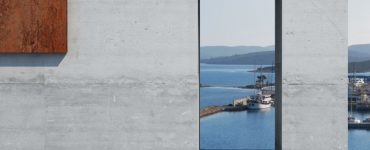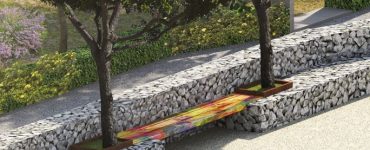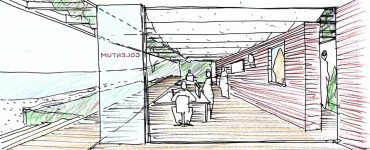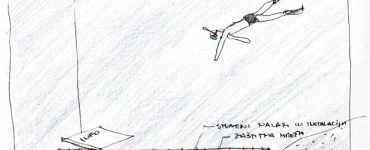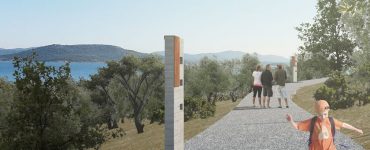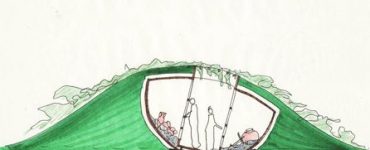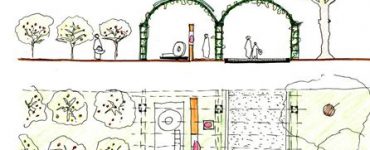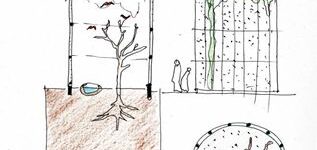The project aims at creating an archeological and recreational park on the territory of the Gradina Peninsula on the island of Murter. This way the Colentum archeological site will be turned into a first-rate tourist attraction, and become a platform for the development of the cultural, educational, and recreational tourism of the island of Murter.
The Colentum Archeological Park will consist of several space units, including arboretum, seaside promenade, archeological theme beach, underwater theme promenade, viewpoint promenades on the ancient Liburnian walls, play and leisure areas, and reception building with front desk, toilets, and archeological workshop spaces.
The Archeological Park ”Colentum” project is only a segment of an even bigger project named ASTeRisk that the Municipality of Murter-Kornati applied for the Interreg Italy-Croatia program together with Medulin, Osor, University of Padua, and the Italian Municipality of Rovigo.
For more information visit the Municipality of Murter-Kornati premises.
The following link leads to the entire presentation on The Archeological Park ”Colentum”.
More detailed explanations on the space units can be found below.
Reviving the agricultural production in the area, and the possibility of new archeological excavations, require the creation of a new kind of unity between the landowners and the town. This site’s sustainable development should be built upon a common arboretum – plant nursery in which rare and typical Mediterranean plants are to be cultivated, studied, presented and sold. Landowners would become shareholders of the Gradina Peninsula agricultural production, the area would be articulated using greenery, colors and odors with the aim of depicting Roman gardens, while the visitors would be offered comfort, new knowledge, and the opportunity to discover through play and joy. Herbs in clay planters would at the same time outline excavated urban and residential spaces, while the small colorful plants in clay pots would mimic floor mosaics, and the vegetation of greater height would depict vast stretches of space. Newly developed agricultural activity would boost creativity and employment, create conditions for the recognition of distinctive characteristics of the area, and enable overall prosperity for the local community.
Seaside promenade
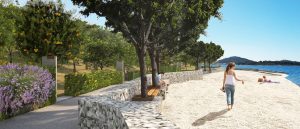 The project envisions the limitation of access for cars to a parking lot located south of the cemetery entrance, and formation of a decent cemetery gates surrounded by cypresses and stonewalls. Along the western cemetery wall, and near the cypress alley, a promenade should be built to serve as an access road for the fire trucks, ambulance, the disabled, as well as for the delivery trucks and maintenance services for the information point of the archeological and recreational area.
The project envisions the limitation of access for cars to a parking lot located south of the cemetery entrance, and formation of a decent cemetery gates surrounded by cypresses and stonewalls. Along the western cemetery wall, and near the cypress alley, a promenade should be built to serve as an access road for the fire trucks, ambulance, the disabled, as well as for the delivery trucks and maintenance services for the information point of the archeological and recreational area.
Liburnian walls
The walls reconstruction should also include a promenade made of gravel, which will serve not only for a pleasant walk, but also as a road for the fire trucks. The border of the promenade will be made of roughly placed stones in order to limit the access to the dangerous edge. Viewpoints, rest areas, and information points will be arranged along the walls. The promenade construction offers uneven entrances to the private properties above the walls, as well as the elements with slits framing the landscape for the visitors of various heights. The vegetation of greater height will also provide the shade for rest areas.
Archeological theme beach
The project envisions the creation of a seaside promenade pleasant for pedestrians, baby strollers, bicycles, and service trucks all around the peninsula. The project also includes the construction of a completely new wall above the beach (around 60 cm wide, and reaching around 120 cm of height) in order to demonstrate the original function of the dry-stone wall. Together with the rear promenade, the dry-stone wall will separate two zones: the beach and proposed arboretum. With the consent of their owners, entrances to the private properties will be designed as doors with the information boards stating the owner and the agricultural crops cultivated there, while the edge facing the promenade will contain trimmed bushes. In order to prevent them from falling when exposed to the blast of wind, tree alleys will be planted in large planters inserted in the dry-stone wall. A particular attention will be given to the preservation of the ancient walls eroded by the sea and pebbles, as well as to the treatment of the floors between the walls with the aim of further protection of preserved flooring details, depicting the space characteristics, and enabling easier maintenance. The plan is to pave the floors with the anti-slip rough structured concrete plates with additional elements, which will also contain vibrant anti-slip ceramic tiles mimicking the colors of Roman floors.
Reception building
The solution for all the required facilities includes interconnected modular units scattered around the field, with the possibility of dislocating them in case of further archeological excavations or the cemetery expansion. This proposed prefabricated building will consist of a set of modular units, and will be covered in wood. Its interior will contain a front desk with multimedia equipment for the presentation of the site, cold beverage vending machines, male and female toilets, toiles for disabled people, outdoor screen for the beach visitors, as well as the shaded deck with ports for the multimedia equipment. One of the decks will be used for archeological workshops, while the other will serve as a place for the visitor to take a rest.
Opulence of archeological artifacts testifies about the most parts of the former town and underwater seaport facility. Swimming in the sunken town truly is an unforgettable experience, allowing the visitors to become researchers by exploring the seabed. This seabed exploration will be made possible by swimming, snorkeling, or simply by observing through the holes on the raft, and using the underwater ”drones”.
The submarine world will be protected using buoys, thus stopping the damages of the site caused by anchoring, while the usage of protective nets will prevent the devastation and theft of the archeological ruins. Their presentation will include both the original site and two installations with copies gathered in one unit, so as to make this underwater tour more interesting.
Play, leisure, and education areas
The entire area will celebrate the Mediterranean way of life. Visitors will become researchers. Instead of playgrounds, the entire location will be transformed into a place for discovering the charms of nature, and developing the society, with special focus on arboretum and zones where archeological excavations allow such activities. The spaces between the ancient walls in the beach zone are to be paved using concrete plates with rough structure, and tide vents. The same plates will be used on land, while the gaps will be filled with bricks and fragments of vibrant ceramic tiles. On the inner side of the old walls, as well as on the paved arboretum borders, fields of planters in vibrant colors will be created in order to mime former Roman mosaics when observed from above. With the aim of presenting the way of living, fish and shellfish tanks and cages, a Liburnian boat, birdcages, and similar objects are to be included as well.





